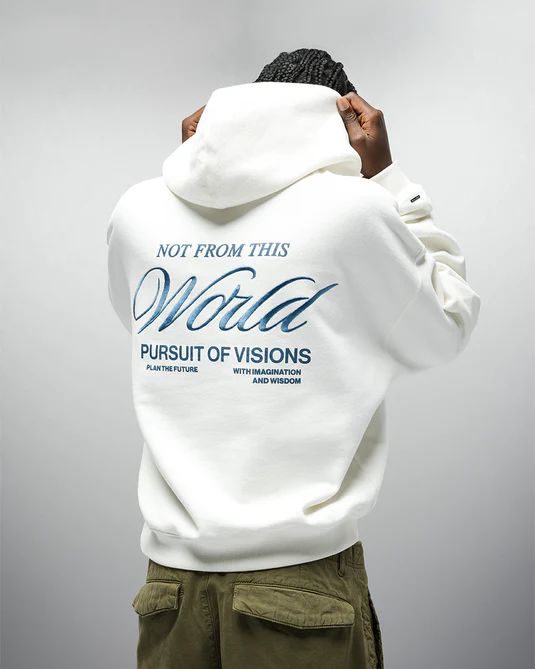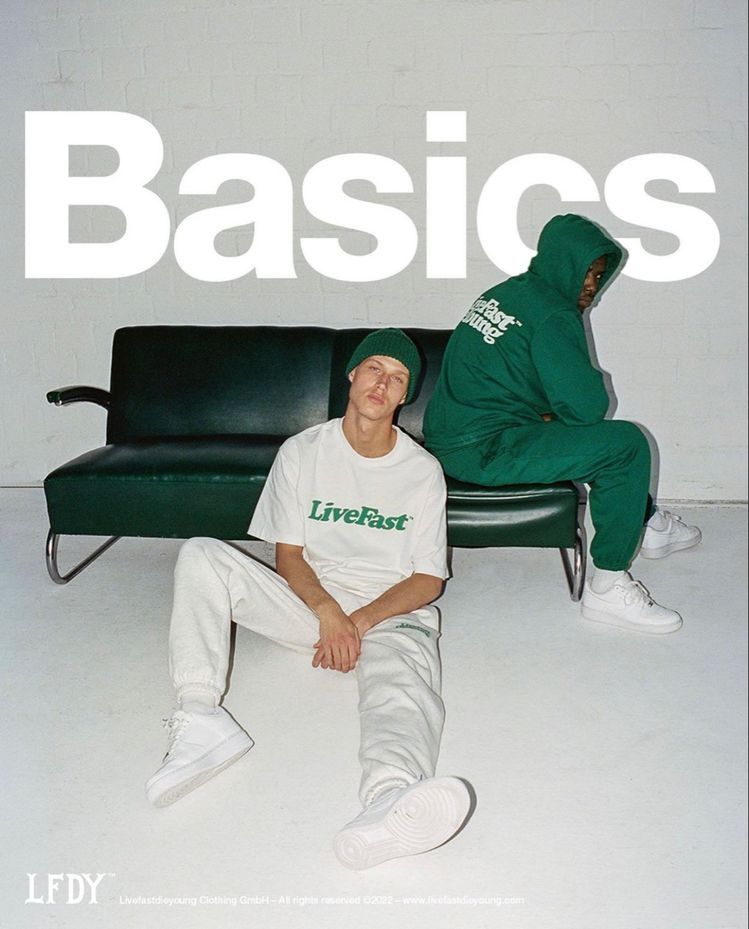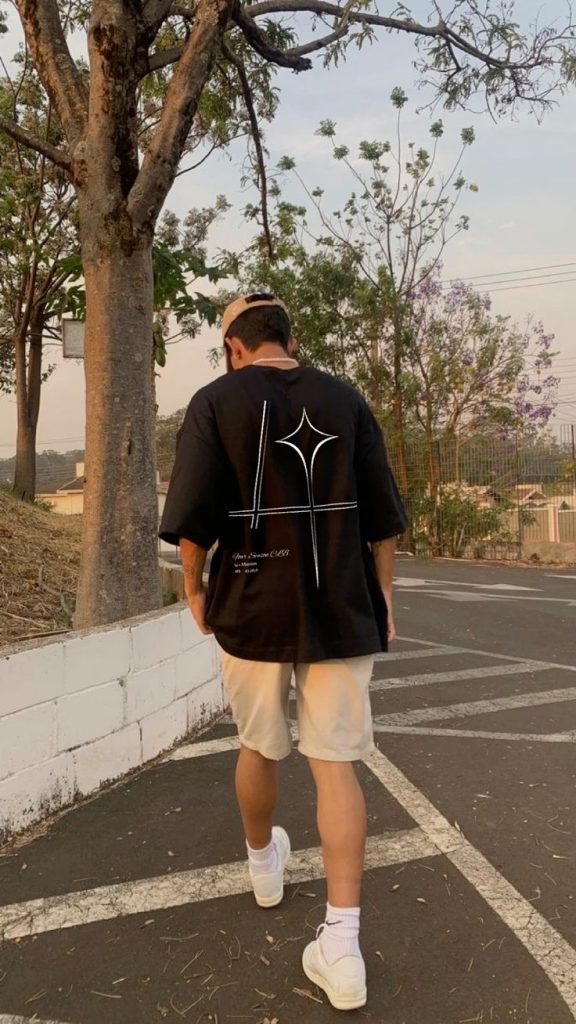Introduction: More Than Just a Sweatshirt
The hoodie is one of the most divisive yet beloved garments in modern fashion. Once associated with anonymity, rebellion, and even criminality, the hoodie has traveled a long path from sportswear utility to luxury catwalks. Today, it represents comfort, identity, and cultural power.
Origins in Sportswear
The hoodie originated in the 1930s when Champion created hooded sweatshirts for athletes training in cold environments. Its function was purely practical — warmth and protection. Soon after, it was adopted by laborers working outdoors, further linking it to blue-collar roots.
Hip-Hop and Street Culture
The 1970s and 80s cemented the hoodie’s reputation as a cultural icon. In New York, hip-hop artists, graffiti writers, and breakdancers embraced the hoodie for its anonymity and style. The hood itself offered both privacy and attitude — you could be in the crowd but remain mysterious.
By the 1990s, rappers like Tupac and brands like FUBU, Karl Kani, and later Supreme, embedded the hoodie deep into hip-hop fashion. It became a symbol of resistance, of community, and of street identity.
The Hoodie in Rebellion and Protest
Hoodies have carried political weight as well. After the tragic death of Trayvon Martin in 2012, the hoodie became a symbol of protest against racial profiling. Protesters and celebrities wore hoodies in solidarity, transforming the garment into a powerful political statement.
The Luxury Adoption
By the 2010s, luxury houses like Balenciaga, Vetements, and Gucci elevated the hoodie into a runway piece. Oversized silhouettes, premium fabrics, and bold logos redefined the hoodie from “street” to “elite.” What was once rejected as anti-fashion became the epitome of trend.
Styling Versatility
- Streetwear: Oversized hoodies with joggers and sneakers.
- High fashion: Layered under tailored coats with leather boots.
- Athleisure: Performance hoodies paired with leggings or shorts.
- Minimalist casual: Neutral-toned hoodies styled with denim.
Conclusion
The hoodie has transcended stereotypes to become one of the most essential garments of the 21st century. It embodies comfort, rebellion, and adaptability, proving that what begins as underground culture can evolve into global fashion dominance.



